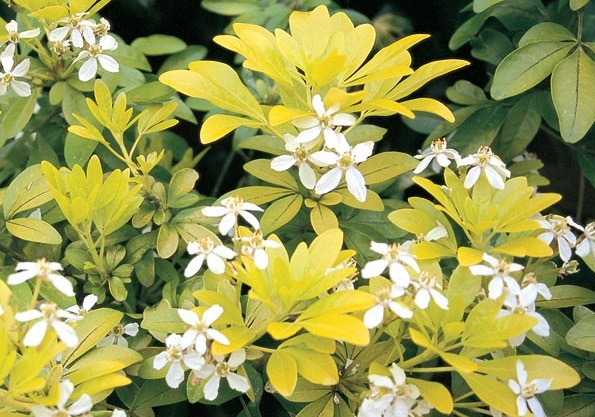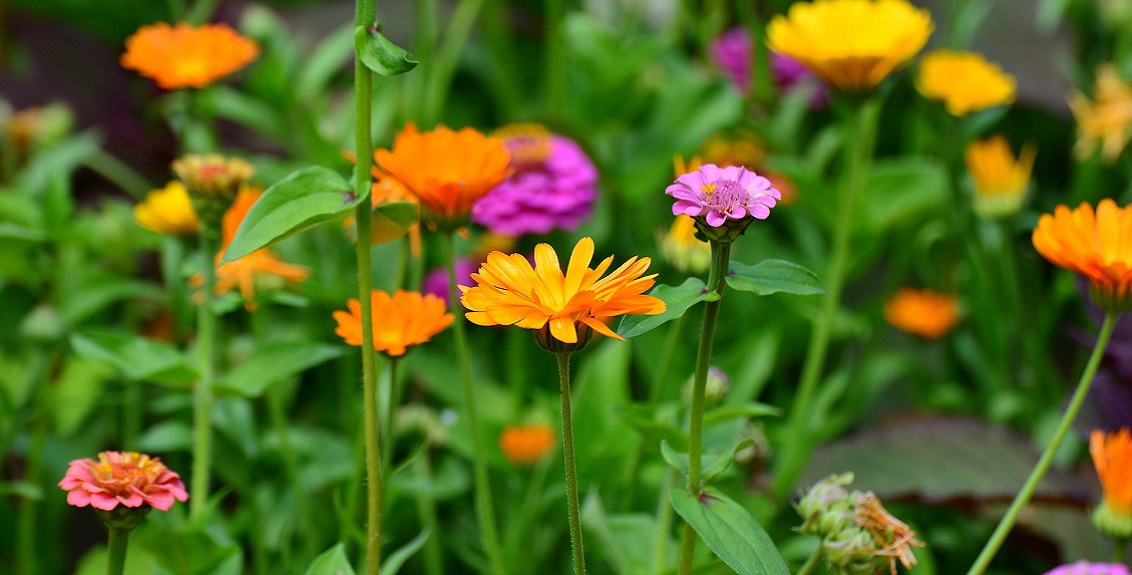Winter is the best time of year to start planning what you want in your garden next year. You are aiming for a variety show that lasts a long time, offers year-round interest and alleviates boredom. The way to achieve this is to use a wide range of plants: from trees and shrubs to climbers, perennials, annuals and bulbs. Make sure you know what you are planting before you start digging! Learn the difference between trees and shrubs and perennials and annuals, and what each of them can bring to your garden.
Plants are classified according to how ‘hardy’ they are, but they are also described by their life cycle and how they grow. For example: annual climber, herbaceous perennial, woody shrub. They each have a unique name that identifies them no matter where you garden.
No-one knows how many different plants there are on the planet.
New ones are being discovered every year. The Royal Horticultural Society Plant Finder, lists all the hardy plants available in Britain and where to buy them. It has more than 70,000 different plants listed. This does not include fruit and vegetables, or specialist plants, such as cacti and orchids!

Choisya ternata (Sundance)
With such large numbers, it can cause confusion to use a common name as this sometimes refers to several different plants. So a system was needed, by which each plant has a unique name and this allows gardeners all over the world to communicate, even if they don’t speak the same language. It was invented by Carl Linnaeus in 1753, so it’s tried and tested. But there is one thing about Linnaeus’s system that scares people – it’s in Latin. This is deliberate, but don’t be put off. Latin names are as easy to use as common names.

Lantana camara
